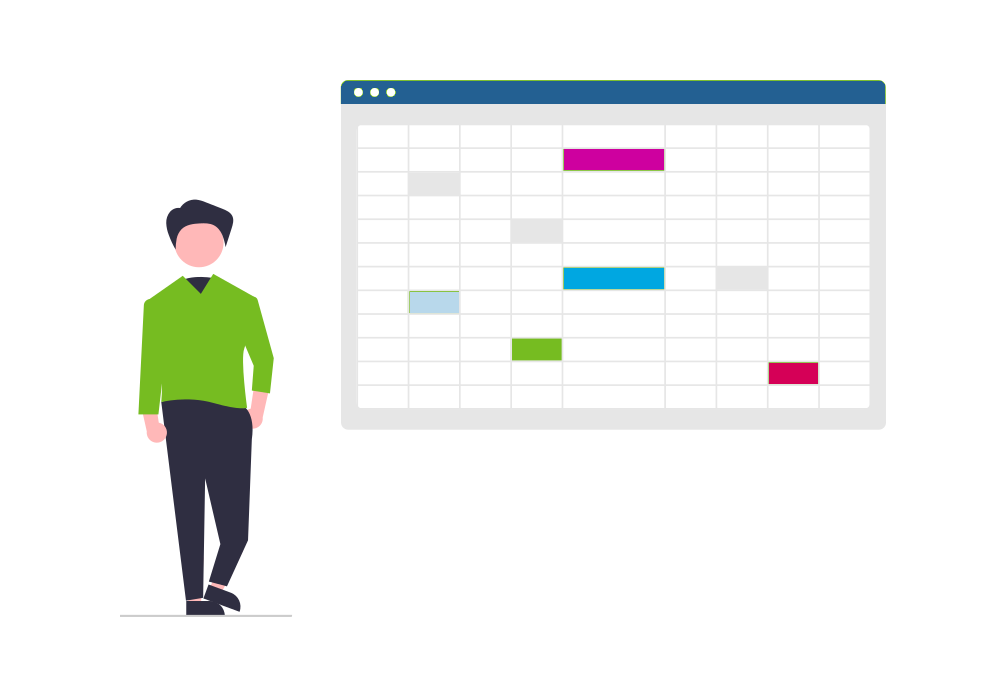Workplace and Productivity
Advancing workplace success and professionalism through engagement with an organization’s online tools and other supportive digital systems.

Guiding Questions
- Am I able to search for and apply for jobs online?
- Do I understand the advantage of building an online professional network?
- Do I understand the importance of learning and following workplace expectations?
- Am I able to choose the appropriate digital tools to be productive at work, school, or home?

Context Why the skills in each domain are needed for digital opportunity, defined as "the condition in which individuals and communities have the information technology capacity that is needed for full participation in the society and economy of the United States" (H.R.3684)
According to the National Skills Coalition, 92 percent of jobs in the U.S. now require digital skills. These jobs span every industry and almost every occupation, including frontline and entry-level positions. Yet “one-third of workers don’t have the foundational digital skills necessary to enter and thrive in today’s jobs,” indicating a significant digital skill divide. This divide further disproportionately affects those who have been historically underserved, including people of color, low-income individuals, and rural residents.24 Integrating digital literacy into workforce development programming—or workforce skills into digital literacy programming—is critical to closing this gap.
Awareness What practitioners should know before teaching each domain (e.g., related topics, factors that may affect learners)
Practitioners should be aware of the following when teaching workplace and productivity skills:
- Workplace norms: Workplace norms vary among industries, businesses, and different learner populations (e.g., depending on age, gender, or cultural identity).
- Resistance: Some learners may be resistant to learning digital workplace and productivity skills due to the perception of emerging technologies threatening their jobs. In addition, some learners may have experienced the use of technology on the job to monitor and micromanage their productivity.
Taking Action What practitioners and programs can do to be inclusive when teaching each domain
Practitioners can take action to be inclusive in the following ways:
Instruction and Training
I can:
- Learn from learners and identify the challenges they may face when it comes to digital workplace and productivity skills.
- Recognize how learners’ intersecting identities may affect their skills, preferences, and understanding of workplace norms.
- Recognize how learners’ perceptions of and experiences with technology on the job may affect their attitudes on learning digital workplace and productivity skills.
Program Design
Our program:
- Connects learners to affordable, appropriate opportunities to further develop or specialize in specific digital workplace and productivity skills in my community (e.g., career center workshops, skills training programs)
- Collaborates with key employers, labor unions, worker centers, and other workforce partners to stay up-to-date on what digital workplace skills are currently in demand in our region.
Related Inclusive Practices
See the following domains for relevant skills and related inclusive practices:
Communication, Creation
Citations





